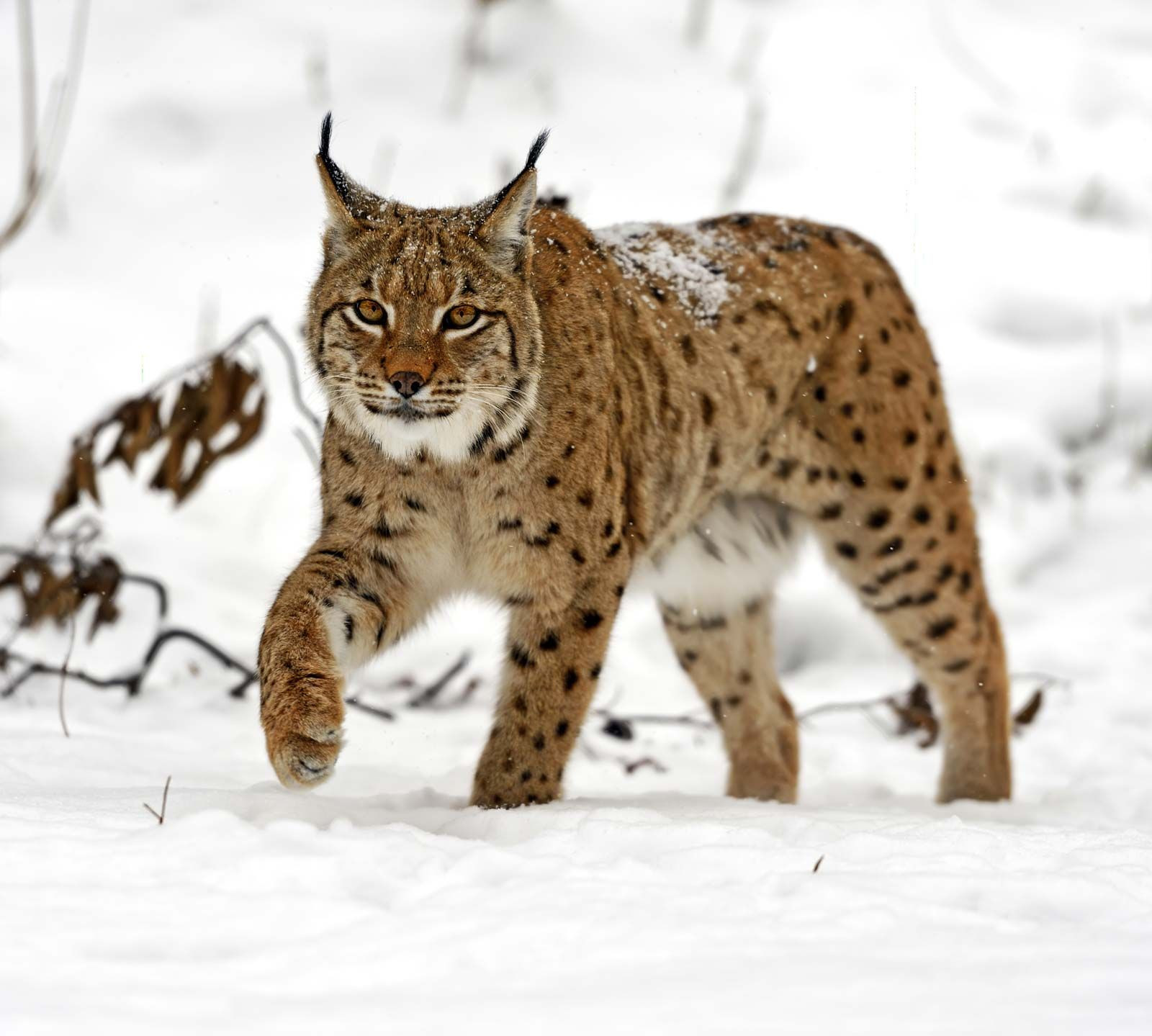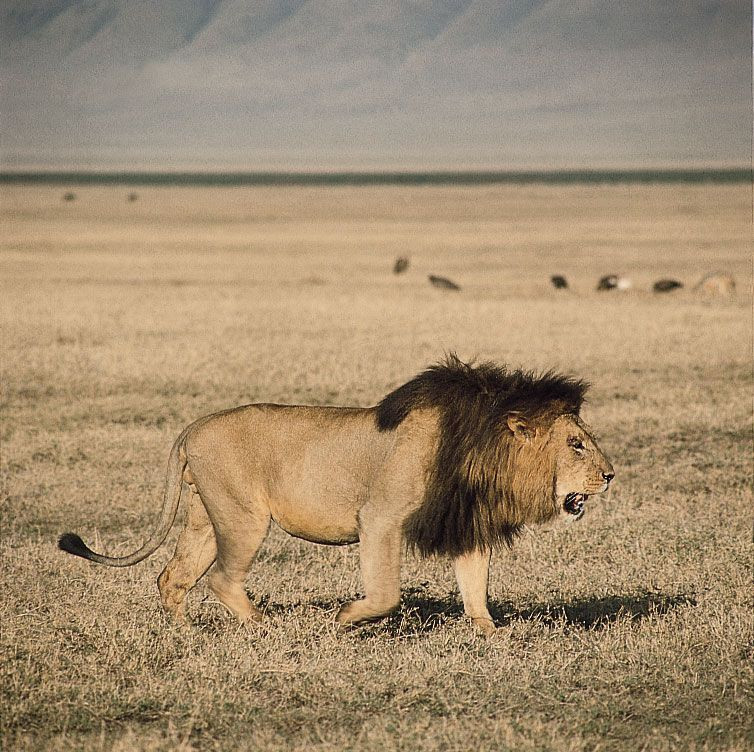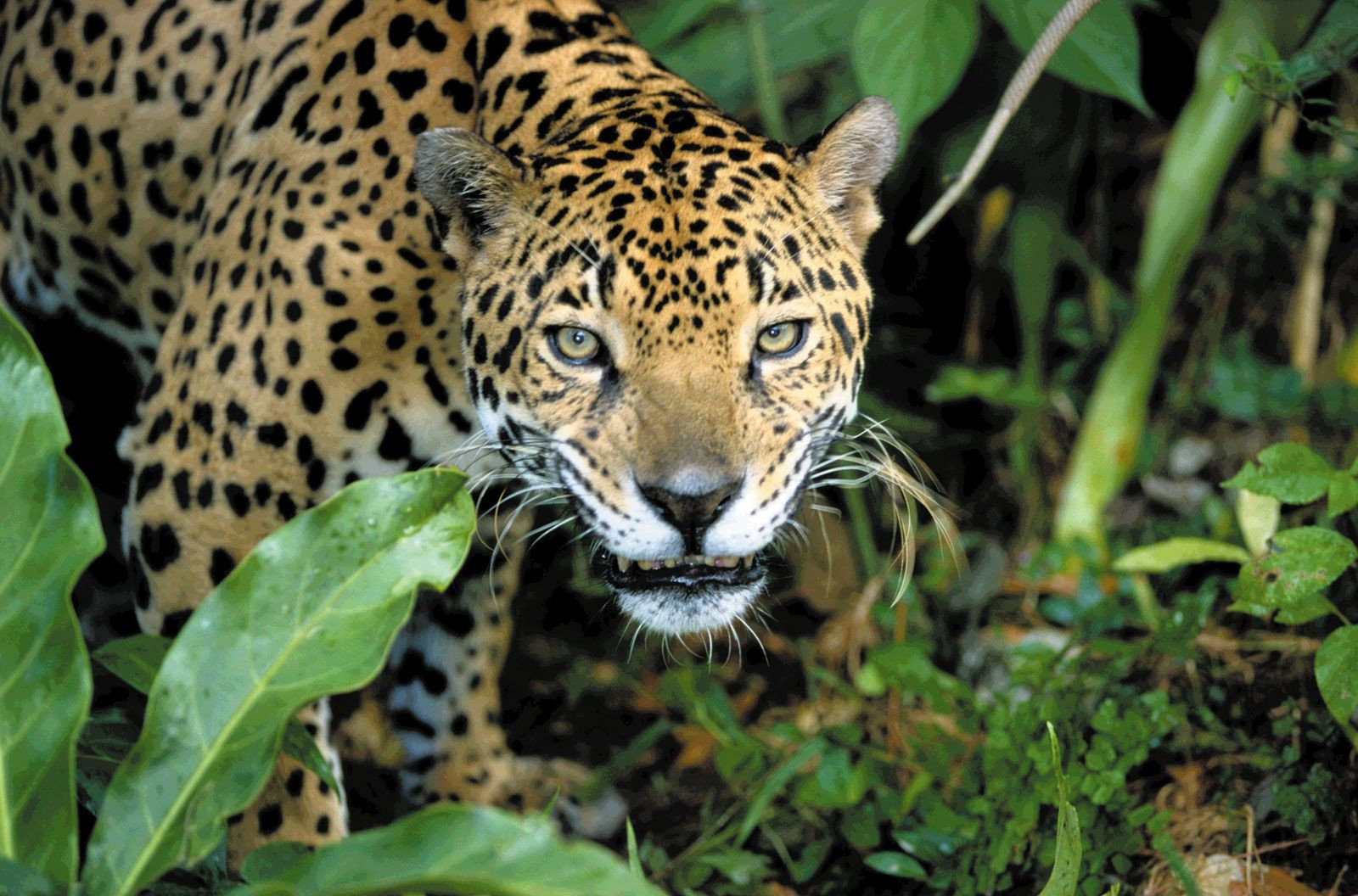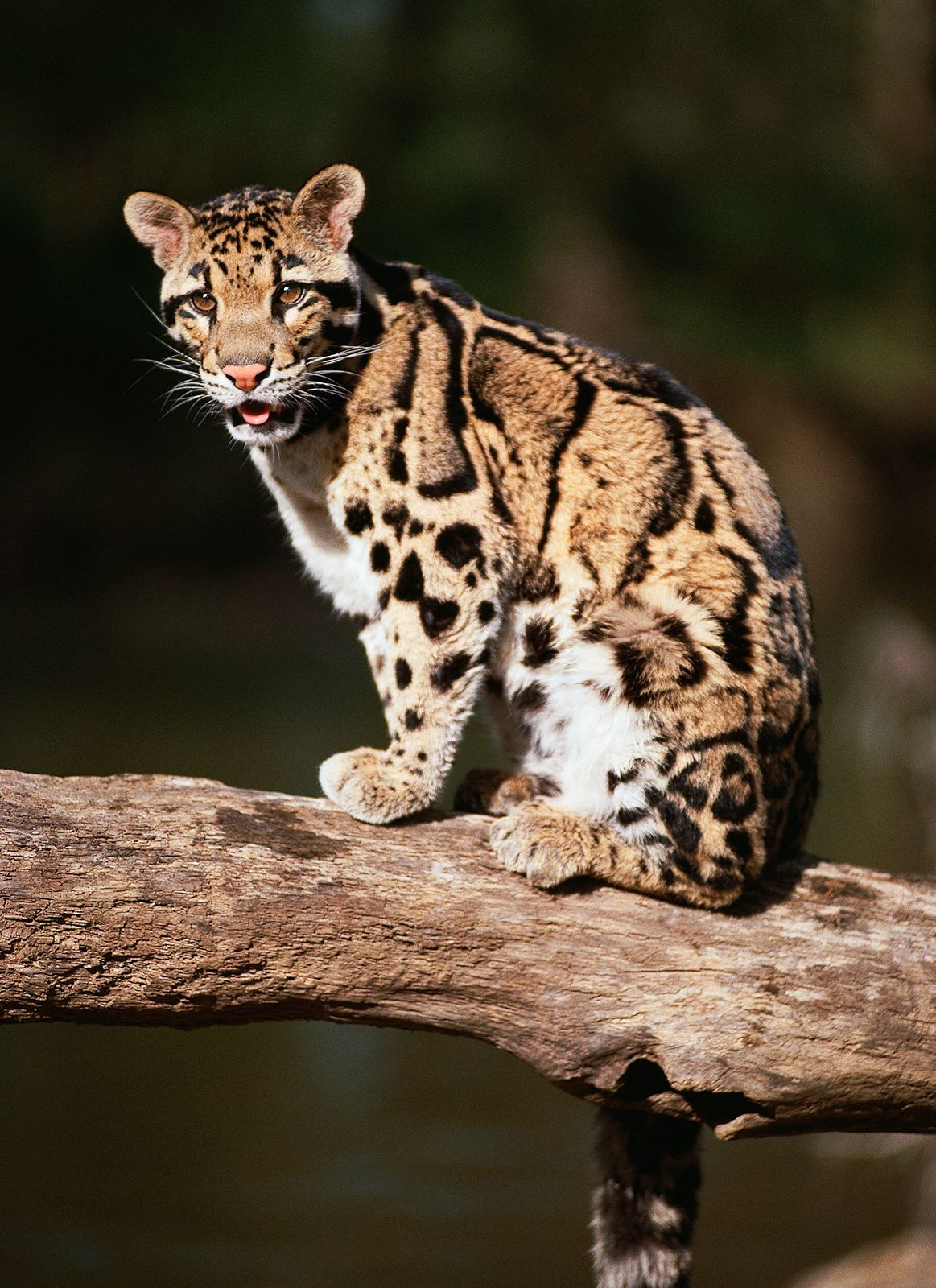The Feline Cat Family, known scientifically as Felidae, encompasses a diverse group of carnivorous mammals found across the globe, excluding Antarctica and Australia. From the small domestic cat to the imposing lion, felines exhibit a remarkable range of sizes, behaviors, and adaptations, all while sharing a common ancestry and fundamental characteristics that define this fascinating animal family. This exploration delves into the world of the feline cat family, highlighting their key traits, natural history, and ecological roles.
 Eurasian lynx in its natural habitat, showcasing the wild feline beauty
Eurasian lynx in its natural habitat, showcasing the wild feline beauty
What Defines the Feline Cat Family?
Belonging to the order Carnivora, the feline cat family is characterized by several distinctive features. These include their highly specialized adaptations for hunting, such as sharp, retractile claws (except in cheetahs), powerful jaws and teeth designed for tearing flesh, and exceptional agility and senses. Felines are obligate carnivores, meaning their diet primarily consists of meat, which is reflected in their physiology and behavior. The family Felidae is further divided into subfamilies, including Pantherinae (big cats like lions, tigers, jaguars, and leopards) and Felinae (smaller cats like domestic cats, cougars, cheetahs, lynx, and ocelots), showcasing the breadth of this animal group.
Physical Characteristics of Felines
The feline cat family displays a spectrum of physical attributes, yet certain traits are consistently observed. While size varies dramatically – from the tiny domestic cat to the massive tiger – most felines share a lithe and muscular build. Their bodies are designed for stealth and bursts of speed, crucial for their predatory lifestyle. Coat patterns are incredibly diverse, ranging from solid colors like the puma and lion to intricate spots, stripes, and rosettes seen in leopards, jaguars, and domestic cats. These patterns often serve as camouflage, aiding in hunting and concealment within their environments.
 Majestic male lion with a full mane, exemplifying feline power and presence
Majestic male lion with a full mane, exemplifying feline power and presence
A defining feature of the feline cat family is their specialized claws. In most species, these claws are retractile, meaning they can be drawn back into protective sheaths. This keeps them sharp for hunting and climbing and silent for stalking prey. Their teeth are equally adapted for carnivory, with prominent canines for seizing and killing prey, and carnassial teeth for efficiently shearing meat. Feline senses are also highly refined. Excellent night vision, acute hearing, and sensitive whiskers (vibrissae) contribute to their hunting prowess, particularly in low-light conditions.
Feline Behavior and Ecological Roles
Feline behavior is as varied as their physical forms. While many species, such as tigers, jaguars, and pumas, are largely solitary, lions are notable for their complex social structures, living in prides. Communication within the feline cat family involves a range of vocalizations, from the familiar purr of contentment in domestic cats to the roar of lions, used for territorial signaling and communication over long distances. Snarling, hissing, and spitting are common defensive or aggressive behaviors observed across many feline species.
Hunting is a central aspect of feline life. Their techniques vary depending on the species and prey, but generally involve stalking, ambushing, or short bursts of high-speed pursuit. From small rodents and birds to large herbivores, the diet of felines is predominantly carnivorous, playing a critical role in regulating prey populations within their ecosystems. Some felines, like the fishing cat, have even adapted to aquatic prey, demonstrating their ecological flexibility.
 Jaguar in the Amazon rainforest, illustrating the habitat of a feline apex predator
Jaguar in the Amazon rainforest, illustrating the habitat of a feline apex predator
Global Distribution and Habitat Diversity
The feline cat family boasts a near-global distribution, inhabiting a wide array of habitats. From dense forests and grasslands to mountains and deserts, felines have adapted to thrive in diverse environments. Their absence from Australia and Antarctica is a notable biogeographical feature. This wide distribution underscores the adaptability of the feline cat family to varying climates, prey availability, and ecological niches across continents. Woodlands are often considered typical feline habitats, providing cover for hunting and raising young, but their presence in open savannas, rainforests, and even urban areas highlights their ecological versatility.
 Clouded leopard camouflaged in foliage, showcasing feline adaptation to arboreal habitats
Clouded leopard camouflaged in foliage, showcasing feline adaptation to arboreal habitats
Reproduction and Life Cycle of Felines
Reproductive strategies within the feline cat family share common threads, although specific details vary across species. Gestation periods generally range from about two months in smaller cats to approximately four months in larger species. Litter sizes are also variable, typically ranging from one to six kittens. Breeding seasons can be influenced by climate and prey availability, with some species breeding seasonally while others can breed throughout the year. In most feline species, the female takes primary responsibility for raising the young. Kittens are born in sheltered locations and rely on their mothers for care and nourishment until they become independent.
Conservation Status and Human Interaction
Despite their adaptability and widespread distribution, many members of the feline cat family face significant conservation challenges. Habitat loss, human-wildlife conflict, and illegal hunting for fur or body parts threaten numerous feline species worldwide. Some species are classified as endangered or vulnerable, highlighting the urgent need for conservation efforts. Conversely, domestic cats have a unique relationship with humans, living as companions in homes globally. Understanding the ecological roles of wild felines and responsible pet ownership are crucial for ensuring the well-being of both wild and domestic members of the feline cat family.
In conclusion, the feline cat family is a captivating and ecologically significant group of animals. Their remarkable adaptations, diverse behaviors, and global presence underscore their evolutionary success. From the iconic roar of a lion to the quiet purr of a housecat, the feline cat family continues to fascinate and inspire awe, reminding us of the beauty and complexity of the natural world.

